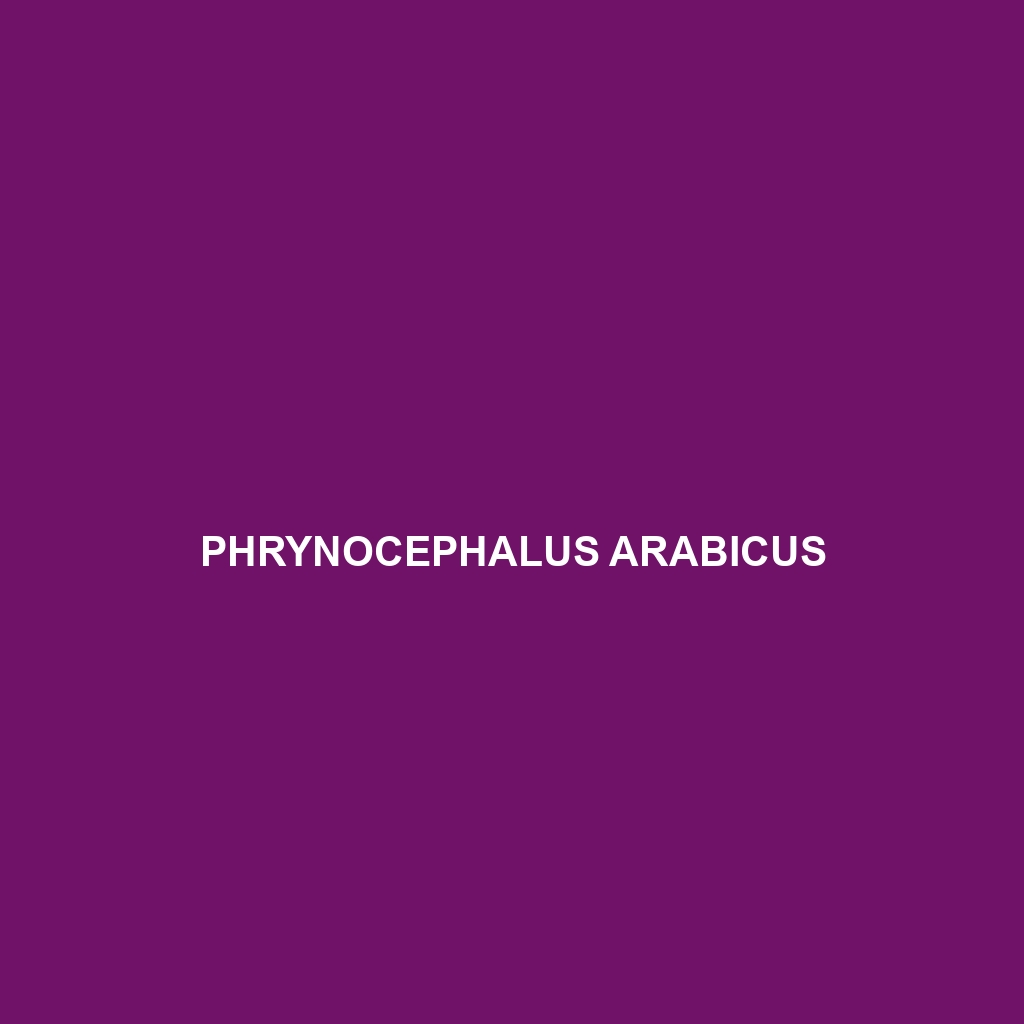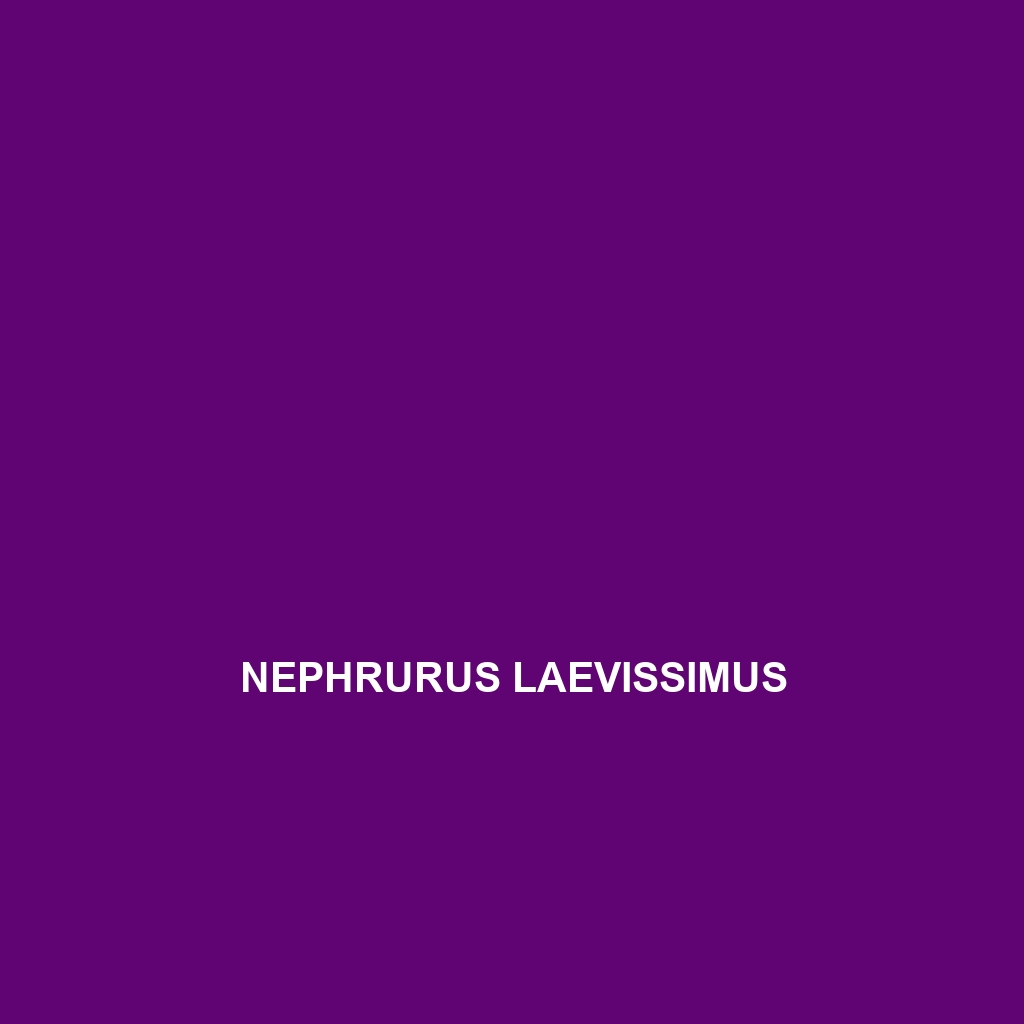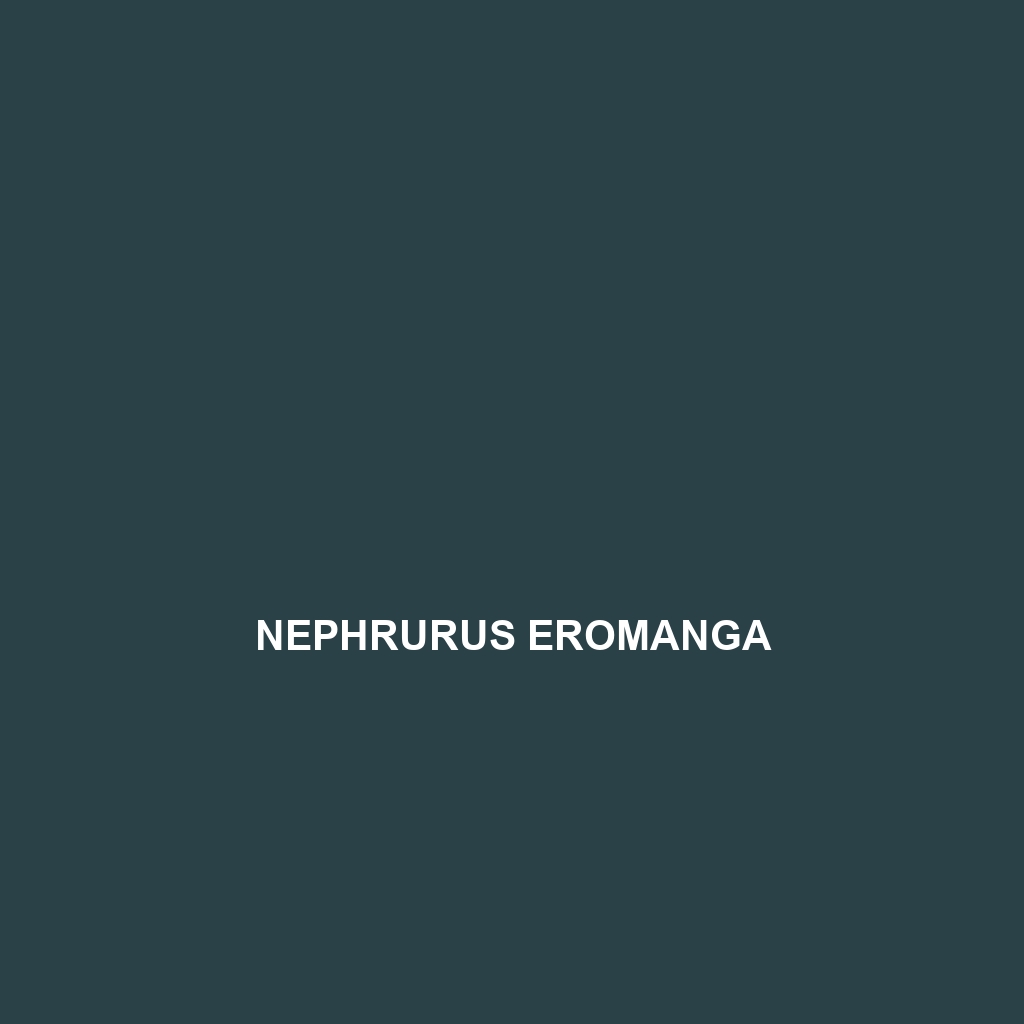<p><b>Phrynocephalus przewalskii</b>, or Przewalski's toad-headed agama, is a small desert lizard measuring 10 to 15 cm, found in the arid regions of Central Asia. Adapted for survival in harsh climates, this insectivorous species possesses a flattened head for camouflage and burrowing, and plays a crucial role in regulating insect populations in its ecosystem.</p>
Tag: desert wildlife
Phrynocephalus mystaceus
Discover the <b>Moustached Dragon</b> (<i>Phrynocephalus mystaceus</i>), a resilient desert lizard from Central Asia, known for its striking yellowish-brown coloration, distinctive throat spines, and insectivorous diet. With its unique adaptations for life in arid environments, this species plays a vital role in maintaining the ecological balance while showcasing fascinating behaviors such as territorial displays and ambush hunting.
Phrynocephalus clarkorum
Introducing the remarkable Phrynocephalus clarkorum, a moderate-sized lizard native to the rocky desert landscapes of Central Asia. This diurnal insectivore exhibits unique camouflage abilities, fascinating behaviors, and plays a vital role in its ecosystem by controlling insect populations.
Phrynocephalus arabicus
Discover the intriguing Phrynocephalus arabicus, a resilient lizard from the arid deserts of the Arabian Peninsula, known for its unique flattened body, broad spiny scales, and remarkable adaptability to extreme temperatures. This fascinating insectivore plays a crucial role in maintaining ecological balance by regulating insect populations while serving as a vital food source for larger predators.
Pachydactylus werneri
<div class="woocommerce-product-short-description"> <p><b>Pachydactylus werneri</b>, or Werner's thick-toed gecko, is a nocturnal insectivore native to the arid regions of southern Africa, featuring large, flattened toes for climbing and a sandy brown coloration for effective camouflage. With a robust size of 10 to 15 centimeters, this species exhibits fascinating behaviors and adaptations that play essential roles in its ecosystem.</p> </div>
Pachydactylus robertsi
<p><b>Pachydactylus robertsi</b>, or Roberts' Thick-toed Gecko, is a medium-sized, nocturnal gecko native to the arid regions of Namibia and South Africa, featuring a robust body, distinctive large flattened toes, and a diet primarily consisting of small invertebrates. This adaptable species exhibits a range of fascinating behaviors, including a unique defensive tactic of tail dropping, and plays a crucial ecological role as both predator and prey in its habitat.</p>
Pachydactylus mclachlani
<p><b>Pachydactylus mclachlani</b>, also known as McLachlan's Thick-toed Gecko, is a nocturnal insectivore native to the savannas and semi-arid regions of Namibia and South Africa. Known for its distinctive earthy-toned patterns and adaptability to harsh environments, this gecko plays a vital role in controlling insect populations and maintaining ecological balance.</p>
Pachydactylus haackei
Discover the unique Pachydactylus haackei, also known as Haacke's thick-toed gecko, thriving in the arid regions of southern Africa with its stout body, distinctive coloration, and nocturnal behavior. This insectivorous species plays a crucial role in controlling insect populations and maintains its ecosystem through its hunting and feeding habits.
Nephrurus laevissimus
The <b>Nephrurus laevissimus</b>, or smooth knob-tailed gecko, thrives in Australia's arid habitats, characterized by its distinctive bulbous tail and nocturnal insectivorous behavior. With a size ranging from 10 to 20 cm, this species is vital for maintaining ecological balance as both a predator and prey, contributing to soil health through its burrowing activities.
Nephrurus eromanga
Discover the Eromanga Spiny-Tailed Gecko (Nephrurus eromanga), a nocturnal insectivore native to Australia's arid regions, known for its distinctive spiny tail, impressive camouflage, and key ecological role in controlling insect populations. This fascinating gecko thrives in sandy habitats and exhibits unique behaviors, including burying itself to escape the heat.









